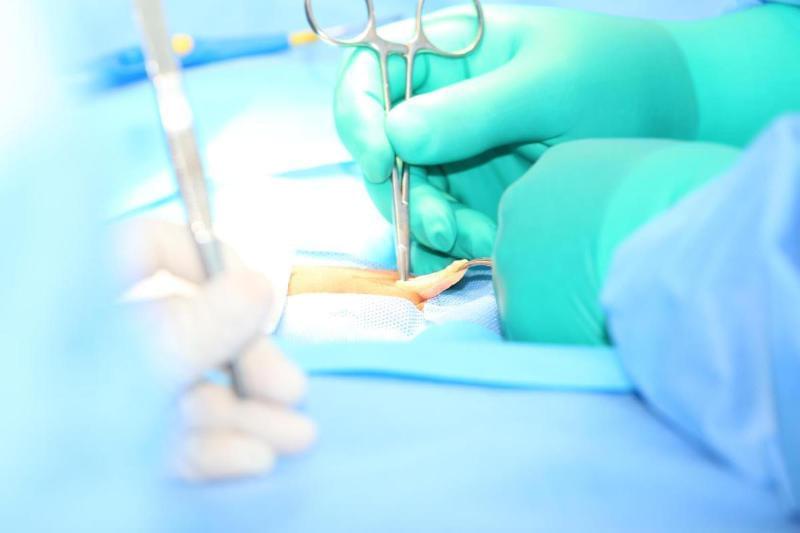
Hernia: Causes, Types, and Treatment
A hernia occurs when the abdominal wall weakens or tears, allowing internal organs to shift beneath the skin.
Causes and Types of Hernia
Factors such as coughing, sneezing, straining, and lifting heavy objects increase intra-abdominal pressure, contributing to hernia formation and progression.
The most common type of hernia in humans is inguinal hernia. Less frequently, umbilical hernia is also observed.
-
Inguinal hernias are more prevalent in men, while femoral hernias are more common in women.
There are three types of inguinal hernias:
-
Indirect inguinal hernia – Develops when the inguinal canal fails to close after birth or reopens later.
-
Direct inguinal hernia – Occurs due to a tear in the abdominal wall.
-
Femoral hernia – Forms near the main blood vessels of the leg.
Symptoms and Complications
Regardless of type, hernia symptoms are similar:
-
A bulge in the groin region, which may be painful or painless and disappears when lying down.
-
As the hernia enlarges, it may not retract, leading to increased pain.
-
If the intestine becomes trapped, nausea and vomiting may occur.
A strangulated hernia occurs when the intestine is unable to return to the abdomen, requiring emergency surgery.
-
Severe groin and abdominal pain,
-
Nausea, vomiting,
-
Inability to pass gas or stool.
Delaying surgical intervention can lead to gangrene, making surgery more risky and requiring removal of necrotic intestinal tissue.
Hernia Repair Techniques
In the past, hernia repair relied on stitching the weakened area, but recurrence rates were high due to tension.
Today, tension-free mesh repair is preferred, performed using open or laparoscopic surgery:
-
Open repair – A groin incision is made to locate the hernia, then a mesh is placed to reinforce the area.
-
Laparoscopic repair – Can be performed using two methods:
-
TAPP (Transabdominal Preperitoneal Repair) – Hernia repair from inside the abdomen.
-
TEP (Totally Extraperitoneal Repair) – Repair is performed between the inner abdominal membrane and the abdominal wall.
-
Advantages of Laparoscopic Hernia Repair
-
Less postoperative pain,
-
Faster recovery,
-
Lower recurrence rates,
-
Easier correction of recurrent hernias,
-
More comprehensive repair covering all three potential hernia sites.
Post-surgical complications are rare, with less than 1% recurrence rate. Hernia should not be ignored, and timely treatment is necessary to avoid complications.

